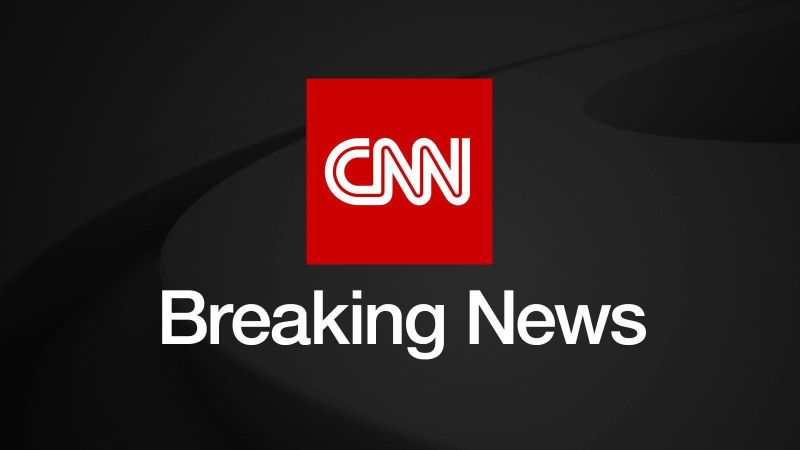In a landmark development last month, the Israeli Defense Forces (IDF) announced that they had ‘eliminated’ Mohammed Deif, the military chief of Hamas, in a strike in Gaza. As an influential figure within the Hamas organization, Deif’s death marks a significant point in the ongoing conflict between Israel and the Palestinian groups in Gaza.
Mohammed Deif, who was the commander of the Ezzedine Al-Qassam Brigades, Hamas’s military wing, had been a central figure in wars against Israel for nearly three decades. His role in carrying out numerous attacks and sending thousands of rockets into Israel made him one of the IDF’s primary targets.
The IDF had attempted to assassinate Deif multiple times, each time failing due to his elusive nature. The military chief had spent most of his time underground and out of sight, making it challenging for the IDF to locate him. But the strike last month proved successful from IDF’s point of view. However, it should be noted that the terror group has not confirmed Deif’s death, and it typically takes time for such groups to announce the deaths of their leaders.
The strike was part of a broader campaign of the IDF against Hamas, a Palestinian organization ruling Gaza since 2007. The IDF has carried out regular airstrikes and ground operations, an attempt to diminish Hamas’s ability to launch attacks on Israel.
The IDF framed the move as a significant blow to Hamas’s military capabilities. The spokesperson for IDF stated, The elimination of Mohammed Deif deals a significant blow to Hamas’s military abilities and to its command structure.
However, the death of Mohammed Deif does not spell the end of the conflict. Since then, Hamas has not shown any signs of backing down and continues to launch rockets into Israel. In turn, this has led the IDF to maintain its rigorous response.
While eliminating key figures like Deif can disrupt a militant group’s organization and coordination in the short term, it does not address the root causes of the conflict. Both Israel and Hamas must significantly shift their approach if they hope to bring about a lasting peace in the region.
Additionally, Deif’s death may also create a power vacuum within the Hamas military leadership. This could potentially give rise to infighting or make room for more radical players, thereby possibly escalating the situation further. Notably, history holds examples where the removal of a group’s central figure has resulted in a group becoming more violent and fragmented.
In light of these potential outcomes, it becomes of paramount importance that these developments are monitored closely. Securing peace is an arduous task, and the recent developments serve as a lucid reminder of this.
Overall, the elimination of Mohammed Deif by the IDF represents a tactical victory in their ongoing battle against Hamas. This action showcases Israel’s commitment to disabling Hamas’s military operations. However, the repercussions of this development at the broader, strategic level remain to be seen.




